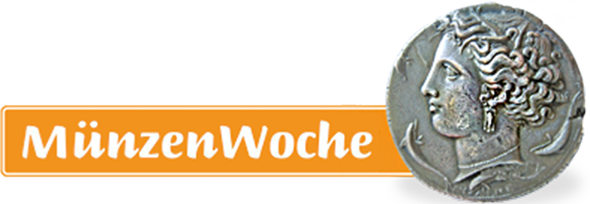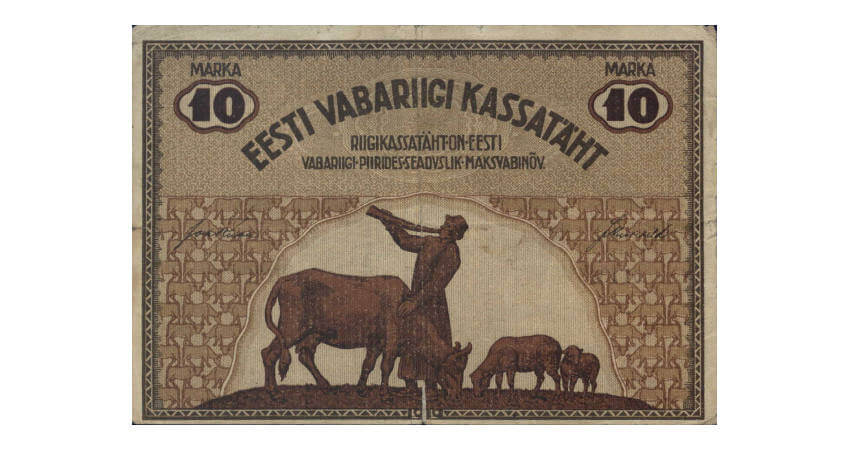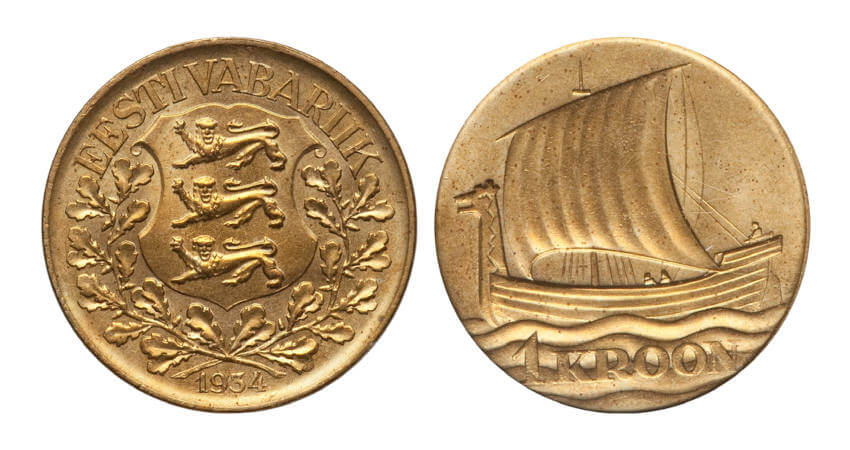Bank of Estonia Museum
Wenn es kein Logo gibt, wird diese Spalte einfach leer gelassen. Das Bild oben bitte löschen.
(Dieser Text wird nicht dargestellt.)
Estonia piuestee (boulevard)11
Tallinn
Tel: +372 668 0719
The Neo-Gothic red brick building of the Bank of Estonia Museum is the former building of the bank of the Credit Society of the Estonian Knighthood. Built in 1904, at the time it represented the first modern purpose-built bank in Tallinn. The building is dominated by a corner tower with a lion-shaped weather vane, and above the portal is the coat of arms of the Estonian Province. The tower also bears coats of arms of the County of Harju and towns of Tallinn, Paldiski, Rakvere, Paide and Haapsalu. The building was fully transferred to the Bank of Estonia in 1998.
2010 Renovations
Extensive renovations were carried out at the end of 2010 that increased the Museum’s size from approximately 1,900 to 4,000 square feet (180 to 370 square meters). There are three exhibition halls: Aadlisaal (Hall of Nobility), Peasant, and Treasury Center. All have a little piece of hidden history in each one which introduces a related field: history of English money, money, production, and operations of the Bank of Estonia.
The new Museum has been extended past the display of the history of English money. The exhibit provides an explanation of the origin of the word “money,” what has been its meaning over time, and what monies were in use since ancient times. Computer animation is used to explain the meaning of money and the role of the Viking trade and Estonian participation in world trade in the 9th-10th centuries.
History of Estonian Currency
On display are the currencies that were used in Estonia before it became an independent republic in 1918. The Museum also displays every banknote and coin issued since independence, including the initial promissory and credit notes to the first actual currency banknotes denominated in the original marka system until 1940. This is followed by occupations by the Russians (1940-1941, and 1945-1990) and the Germans (1941-1944), after which independence from the Soviet Bloc allowed the 1992 monetary reform that established the Eesti kroon from 1992 to 2010. Starting in 2011, Estonians traded in their krooni for euros as the 17th member of the euro area.
One display shows printing plates that were carefully buried in 1940, anticipating that they may be needed after the Russians were to leave the country. These were rediscovered in 2000 and used once for a special trial print with the 1940 date.
Interactive Games and Multimedia
The displays are accompanied by thematic games that help better realize everything related to the central bank. The new exposition contains a total of 24 various interactive games, animations, exhibitions, and sound and video solutions. Multimedia is displayed in Estonian, English, and Russian, while display texts are both in Estonian and English.
Visitors can also see a historic gold bar of Eesti Pank from 1922 that was part of the reserves backing the kroon during the first Republic of Estonia and also during re-independence. The historic gold bar was delivered to Estonia in December 2011 by the Federal Reserve Bank of New York. The Museum is located in the heart of Tallinn, a city which gained UNESCO heritage recognition in 1997 as one of Europe’s best-preserved medieval towns.
This text was written by Howard M. Berlin and first published in his book Numismatourist in 2014.
You can order his numismatic guidebook at Amazon.
Howard M. Berlin has his own website.









